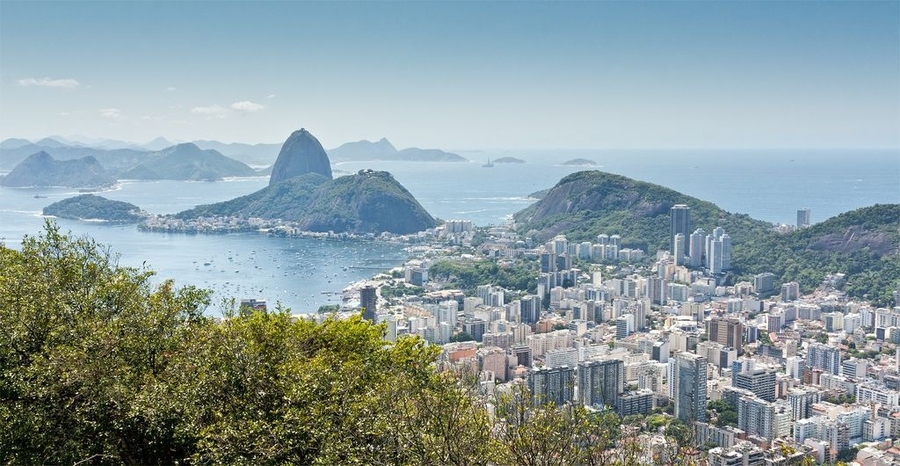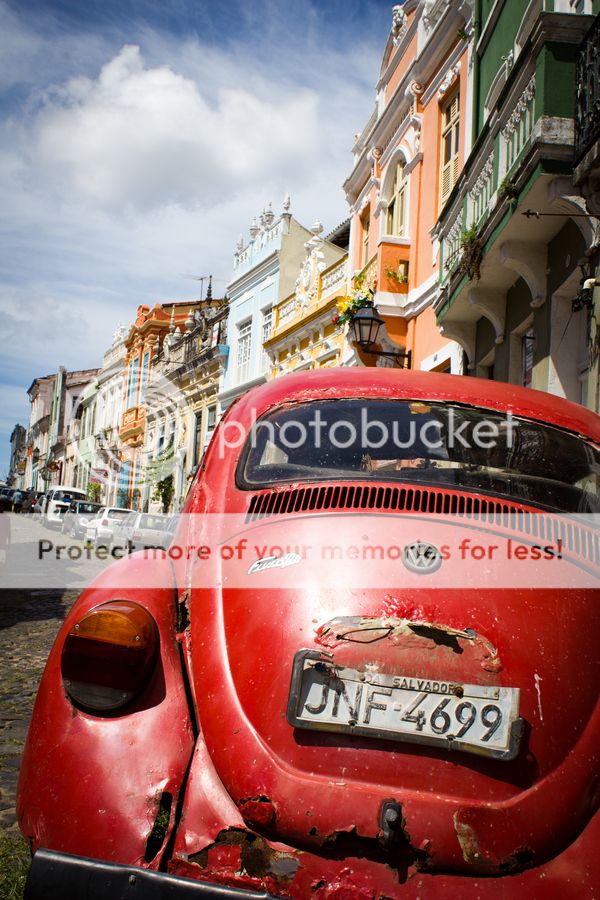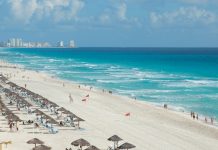Brazil is a big, wide, fast economic growth country and despite the distrust of the do-it-yourself traveling, especially in the aspects of security more and more travelers are visiting Brazil and organizing the trips alone. If you are one of these guys, you may be interested in a post published by The New York Times, which incorporates some suggestions (the now famous Tips) from experts in the country of football and coffee, aimed at those who intend to visit Brazil.

Travel when the Brazilians do not travel
International traveling to Brazil still represents a small percentage of the world’s international tourism, in a year when the country as a whole is making the same number with Cancun. This means that the tourism industry depends on the huge Brazilian market, which has a special feature: the Brazilians seem to travel all over the same periods, namely in the months of January and June, coinciding with the school holidays, Carnival (from 9 February 12, 2013), and during national holidays, which become long weekends, no matter what day of the week they fall. For the rest of the year, most of the Brazilian destinations (with the obvious exception of Rio) are almost empty, although, in many cases, the best climate is precisely that of the low season. Then you can plan the journey time wisely. Consulting with a company that specializes in travel to specific Latin American regions is a wise idea as they can help you answer many questions that you may have.

Wait for the magic date
On January the 10th is the magic date, the one on which the Brazilian summer ceases to be so expensive. Brazilian families have emptied their bank accounts to be on the beach during the New Year, and start saving for the Carnival. At this point, prices fall significantly, and the innkeepers and small hotel owners are more than willing to make concessions. The best place to stay is in the state of Bahia, in one of the many beautiful coastal villages that are located in Morro de São Paulo, Barra Grande, Itacaré, Santo André.

Autumn in Rio
In the southern hemisphere, winter in Rio de Janeiro, between July and August can be cold, though less warm than you would like. The ideal time to visit the city is in the fall, after the Passover, possibly in May, with warm, dry days and cool nights and one on the National Day, on the 1st of May.

Take the bus
Not many people know this, but the bus system in Brazil, works well in an overall aspect, especially if you travel less than 300 miles away. The main difficulty is for international tourists, due to the fact that there is little information on-line and when there are some, many of them are given only in Portuguese. At this point, the best thing is to go to the bus station where the ticket office of any travel company sets out clearly the destinations that are served. The keyword is “direto”, which refers to a route with fewer stops. Of course, as in all crowded places, watch out for pickpockets.

Search for accommodation on-line
There are a lot of online booking websites that have grown rapidly in Brazil .On the website you can also find inns and small hotels in remote locations, saving the need to manage the foreign complicated reservation system of Brazil. Hostelworld works well for hostels, and even Airbnb is making inroads among Brazilians tenants.

Going against the current
With the economy growing strongly, with a new middle class that has gained access to many modern conveniences, including travel, packages have increased both the number of terms, and prices (prices of hotels can triple during the New Year and Carnival). Weekends and holidays summer (December to March) can be very expensive, not to mention the traffic (and not nice stuck in traffic when traveling). A good strategy is therefore to go against the rule: spend the weekend in the big city and days at the beach.

To rent or not to rent a car
Renting a car in the big city is synonymous with shopping and stress. Finding parking is complicated and in some cases also expensive and even when it might be free, there will be some abusive Brazilians. Better to find alternatives, such as metro lines in large cities, which although small are clean and practical to reach the tourist attractions. In the northeast it is worth to rely on taxis, relatively cheap but outside the big cities, say along the coast or national parks, rent a car may be the right choice.

Three islands that are worth a lot
Exiting from the typical sightseeing is going to be easy with three alternative destinations, three islands, which are not even too expensive. Ilha Grande, reasonably close to Rio de Janeiro, with beautiful beaches and cheap lodgings, Boipeba, for some heaven on Earth, a 30-minute flight from Salvador, and Marajo, an island in the Amazonian state of Para, where water buffaloes and tropical birds outnumber people

By Elsi H
Photo 1: Fernando Zequinao, Photo 2: Helmut Springer, Photo 3: Julian Reid, Photo 4: Marcelo Vieira, Photo 5: Ezequiel Rodriguez Baudo, Photo 6: Joao Marcos Palma, Photo 7: Fred Junqueira, Photo 8: Lukas Grumet, Photo 9:Paulinho Rodriguez














